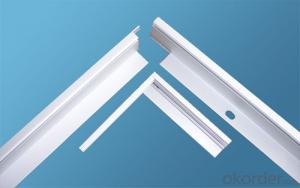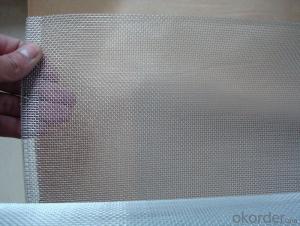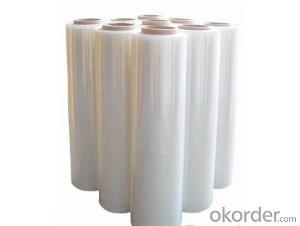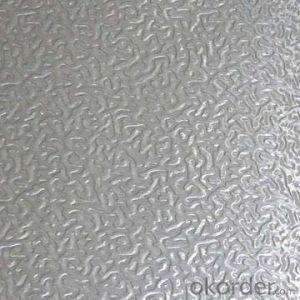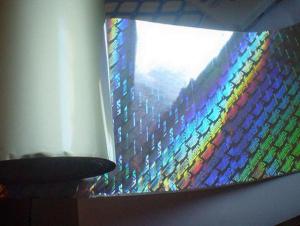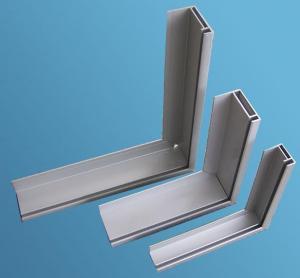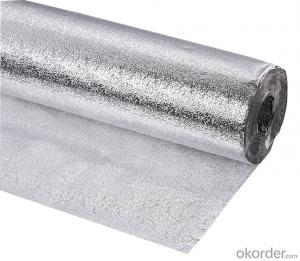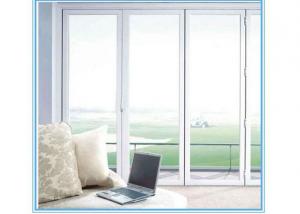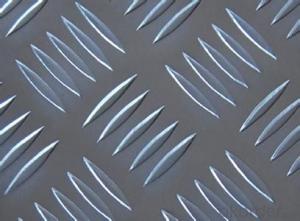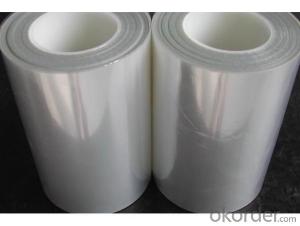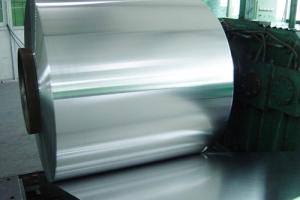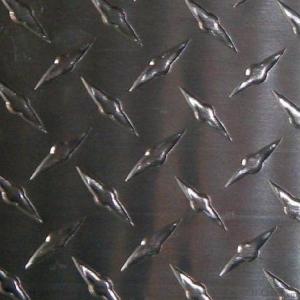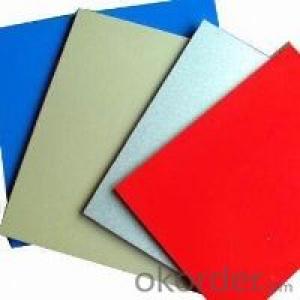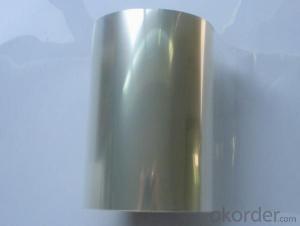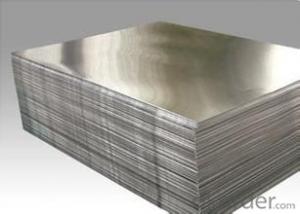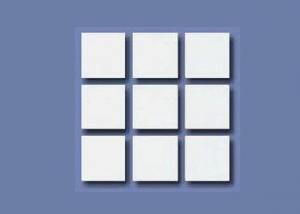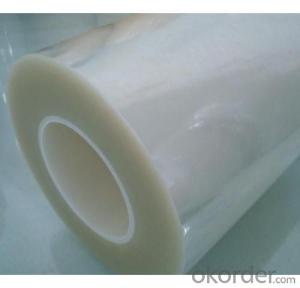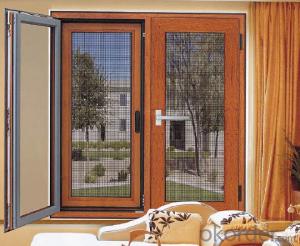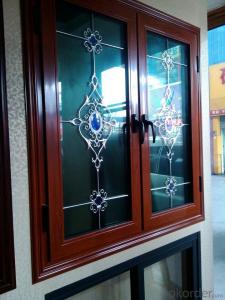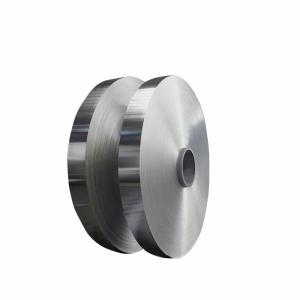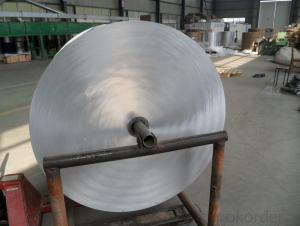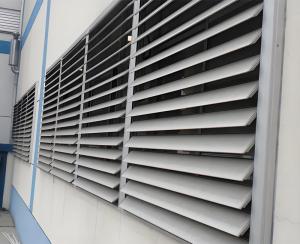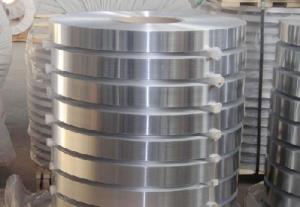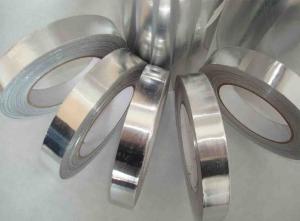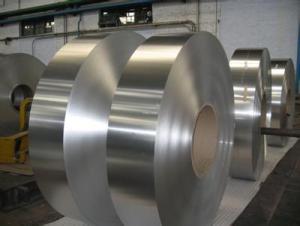Photo On Aluminum Plate
Photo On Aluminum Plate Related Searches
Painting Aluminum Plate Etching On Aluminum Plate Painting Aluminum Diamond Plate Photosensitive Aluminum Plate Aluminum Wall Plate Aluminum Paper Plate Painting On Aluminum Foil Aluminum Metal Plate Aluminum Cover Plate Forming Aluminum Plate Tapping Aluminum Plate Aluminum Cooking Plate Aluminum Hot Plate Aluminum Dimple Plate Aluminum Flat Plate Aluminum Mounting Plate Aluminum Vin Plate Aluminum Foil Photoshoot 1 Aluminum Plate Polished Aluminum Plate Aluminum Surface Plate Decorative Aluminum Plate Aluminum Sheet And Plate Aluminum Pressure Plate Aluminum Profile Plate Aluminum Plate Nearby Welding Aluminum Plate Aluminum Sheet Plate Aluminum Cake Plate Aluminum Plate For SalePhoto On Aluminum Plate Supplier & Manufacturer from China
Photo On Aluminum Plate is a unique and modern method of displaying images by transferring them onto a high-quality aluminum surface. This process results in a vibrant, durable, and lightweight product that can be used for various purposes. The aluminum plate offers a sleek and contemporary look, making it an ideal choice for both indoor and outdoor applications. From artistic prints to commercial signage, Photo On Aluminum Plate can be utilized in a wide range of settings to create eye-catching visuals.The Photo On Aluminum Plate is widely used in various scenarios, such as home decor, office spaces, galleries, and public areas. Its durability and resistance to weather conditions make it a popular choice for outdoor installations, while its sleek appearance enhances the aesthetic appeal of indoor spaces. The versatility of this product allows it to be used for a multitude of purposes, from showcasing personal photographs to promoting business branding and advertising campaigns.
Okorder.com is a leading wholesale supplier of Photo On Aluminum Plate, boasting a large inventory to cater to the diverse needs of customers worldwide. With a commitment to quality and customer satisfaction, Okorder.com ensures that each aluminum plate is crafted with precision and care. By offering competitive prices and efficient shipping, Okorder.com has established itself as a reliable source for Photo On Aluminum Plate, making it accessible to businesses and individuals alike.
Hot Products

